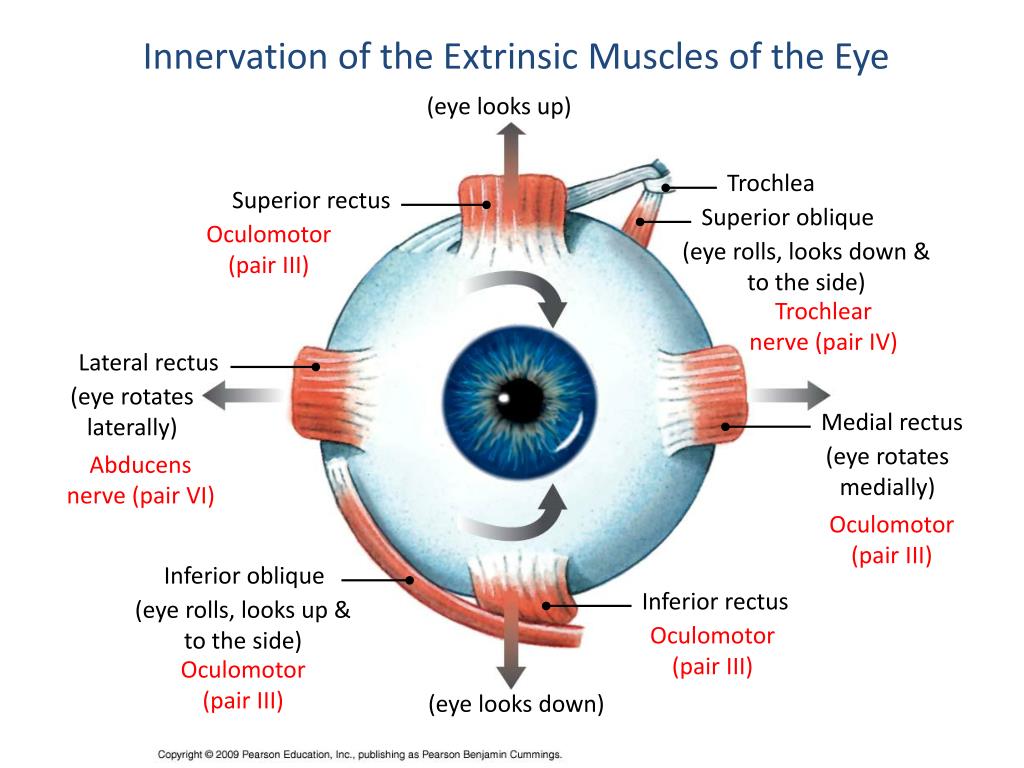
Longer BD and higher BF were observed due to physiological changes in eyelid structures and eye muscle fibre types 27 in the process of aging. In addition, little is known about age-related differences in the oculometrics in response to increasing TOT. In the elderly population, fatigue and its cognitive components 25 are less studied 26. Of note, this decrease in performance correlated with blinking and fixation-based oculometrics. In addition, in a visual tracking task 24 the performance of participants reduced significantly around 35 min after the onset of the task. For example, even in a seemingly short TOT (20 min) of performing a simple reaction time task (psychomotor vigilance test), significant increase in fatigue and decrease in performance were reported 23. Furthermore, pupillary responses were reported to be changed with TOT in a 2-back task 22.Ī key component in fatigue development is the duration of TOT, which can be specified based on the processing load of a mental task. The duration and frequency of blinks were sensitive to change in mental load and fatigue levels 17, 21. Eye blink has been shown to be an informative ocular event enabling tracking of fatigue 20. Saccade peak velocity decreased with increasing TOT in a computer task involving a complex decision making process 19, and in an air traffic control task 9. In a two-hour virtual simulation of a driving task 18, both the duration and peak velocity of saccades decreased with time-on-task (TOT). Saccade has been identified as a relevant ocular event to study fatigue. A number of studies 9, 16, 17 have suggested that saccade peak velocity (SPV), saccade duration (SCD), fixation duration (FD), blink duration (BD), blink frequency (BF), and pupil dilation range (PDR) may be sensitive to mental load variation and fatigue (Table 1 presents definitions of the terms). saccades, blinks, fixations, and pupillary responses, involve different neural circuitries in connection with visuomotor information processing 15. decision making 12, attention 13, and memory 14. eye tracking 9, neural signals and imaging 10, 11, and cardiac rhythms 10, have been investigated during recent years to fulfil this aim.Įye movement characteristics provide indirect access to cognitive processes, e.g. So far, several psychophysiological modalities, e.g. Thus, to implement an effective pausing regime at work, objective measures to track down the development of fatigue would be required. Research often shows that fatigue can be avoided by imposing appropriate work-pause/break regimes 3, 8. Fatigue development in sedentary computer work may be exacerbated by mental demands 7. In addition, the extension of working life is a major challenge in terms of elevated human error 3, 4, 5, and health risks linked to stress and anxiety 6. Today, a growing number of tasks involve human-computer interaction. Consequently, objective assessment of fatigue is an important issue, especially in human factors. This unconscious regulation may involve significant reduction in performance during sustained mental or physical activities. Regulatory processes in the nervous system can emerge even without self-awareness of fatigue 2. The present findings provide a viable approach to develop a computational model based on oculometrics to track fatigue development during computer work.įatigue is a multifaceted phenomenon 1, referring to an inhibiting feeling during a sustained task coincident with the body requiring a resting period for recovery. Longer FD, shorter SCD, and lower task performance were observed in the elderly compared with the young group. BD, BF, and PDR increased whereas SPV and SCD decreased over time in the young and elderly groups.

An increased subjective evaluation of fatigue suggested the development of fatigue. The mean values of blink duration (BD) and frequency (BF), saccade duration (SCD) and peak velocity (SPV), pupil dilation range (PDR), and fixation duration (FD) along with the task performance based on clicking speed and accuracy, were computed for each task segment. The participants rated their perceived fatigue after each segment. Each cycle consisted of a sequence involving memorization of a pattern, a washout period, and replication of the pattern using a computer mouse. The task lasted 40 minutes involving 240 cycles divided into 12 segments. Twenty young and 18 elderly healthy adults were recruited to perform a prolonged functional computer task while their eye movements were recorded.

This study investigated eye movement characteristics in relation to fatigue development.


Fatigue can develop during prolonged computer work, particularly in elderly individuals.


 0 kommentar(er)
0 kommentar(er)
